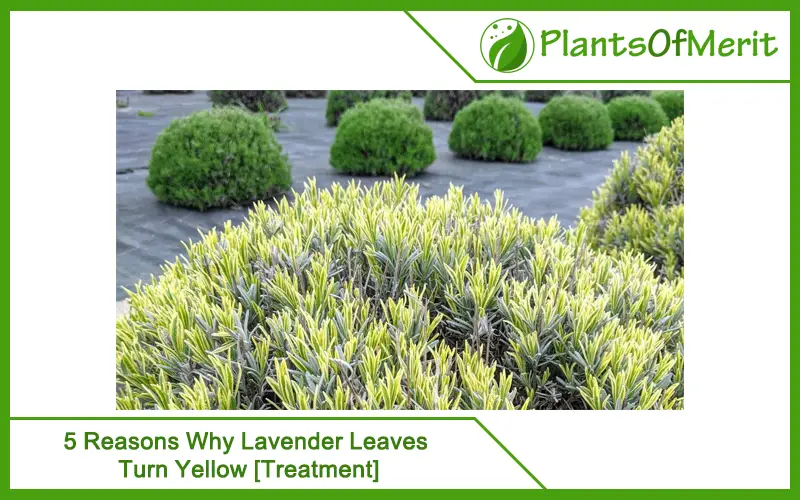Very rarely will you come across people who don’t love the smell and the appearance of lavenders in their garden? The bright violet color with the subtle smell is pretty immaculate and perfect for home gardens. But, sometimes, the leaves and the stunning foliage that contribute to the beauty of the plant might end up turning yellow.
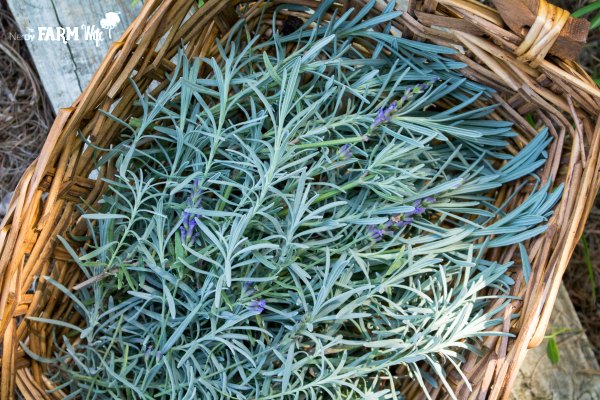
Instead of repenting the outcome, you need to work proactively to find the cause and then implement the relevant control measure to fix and restore the health of the lavender plant.
Since there are a few potential reasons, we thought we’d line them up for our readers in this article.
Why are my Lavender Leaves Turning Yellow?
As mentioned, several factors can contribute to the lavender leaves turning yellow. It could be a pest infestation, a lack of nitrogen in the soil, or even due to external environmental stressors.
For better understanding, we will highlight them one by one along with the ways you can fix the issue.
1. Overwatering
Lavender has a very delicate root system, which means that both underwatering and overwatering can lead to complications in the long run. If the soil is waterlogged and not well-drained, the same can lead to complications like poor nutrient uptake, which can make the leaves turn yellow and then brown.
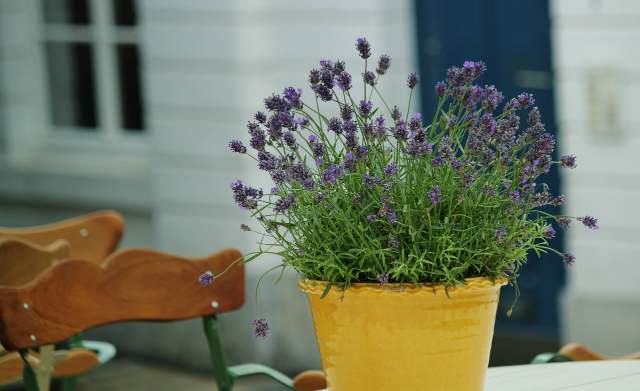
Since lavenders are drought resistant, underwatering the plant won’t impose much of an issue. However, if you end up overwatering the plant, that’s where the problems start.
Treatment
The easiest way to tend to the problem is by assessing the issue. You have to check whether the soil is water-logged or not. Sometimes, even when the soil is moist, it isn’t a sign of overwatering. A moisture meter helps out in that case and allows you to keep a check on the water levels so you can water the lavender plants as needed.
2. Excess Nitrogen
Nutrients are necessary for your soil but with lavender plants, the last thing you want to do is have excessive nitrogen levels in the soil. Not only is it damaging to the plant, but it also leads to risks of curling and browning of the leaves quite extensively.
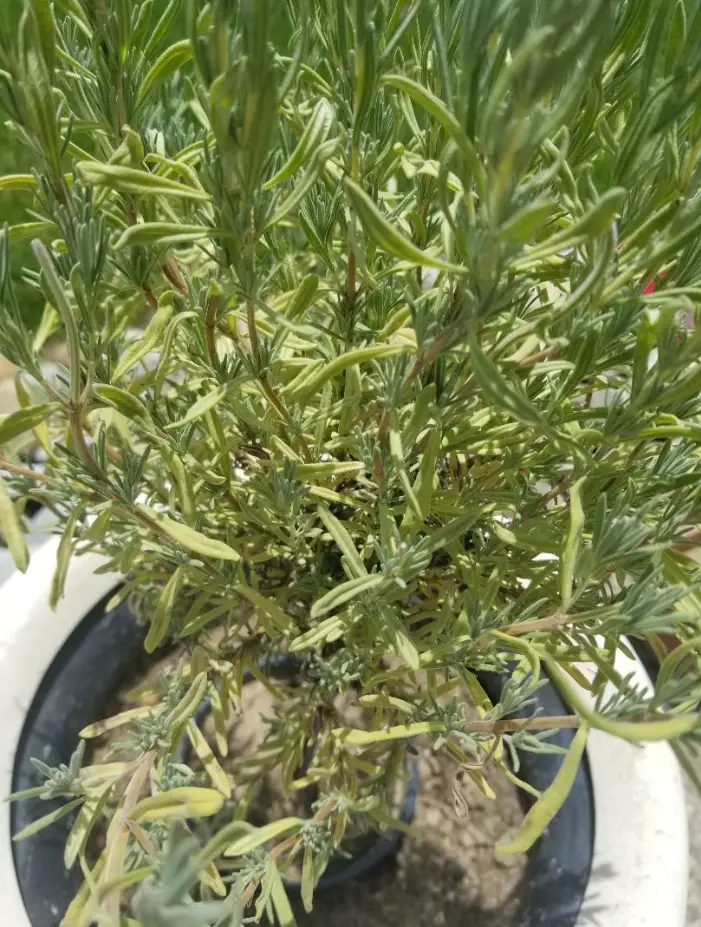
Since lavender naturally grows in areas with less water and nutrients, you have to mimic those growing conditions where you live as well. Overcompensating the soil with excess nitrogen might work with other plants but won’t work the same for your lavender plant.
Treatment
If you have accidentally sprayed the soil with excess nitrogen-based fertilizer, your first tip is to relocate the lavender plants. If they are directly growing in a garden bed and repotting isn’t an option, you can fill the soil with sand and grit. This will dissipate the excess nitrogen in the soil and prevent risks of damage to the plant in the long run. Even if you are using fertilizers, stick to blooming fertilizers since those works better than the standard lawn fertilizers.
3. Improper soil parameters
The quality and composition of your soil have potential impacts on the growth of your lavender plant. Since lavenders are grown in the Mediterranean, you need to mimic the soil conditions like that. The lavender plants typically need a mix of sandy and quick draining soil.
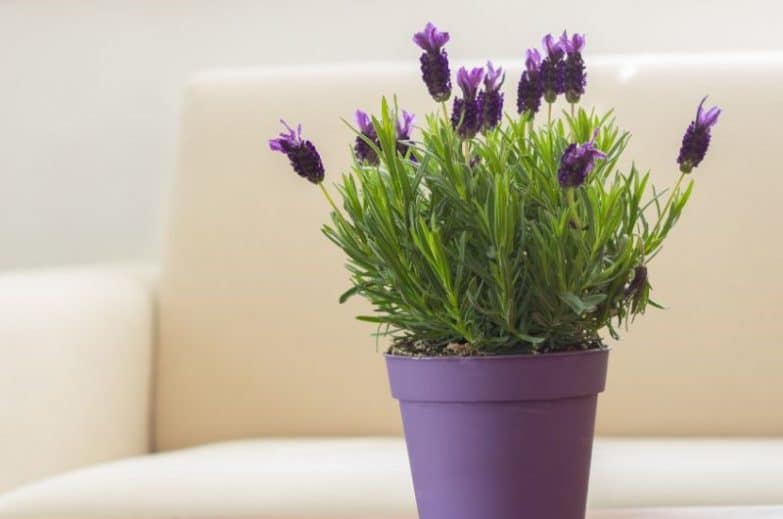
Besides the composition of the soil, you also need to be extra careful of the soil’s pH. If the pH is too acidic, chances are that the same will eventually lead to complications of the yellowing of the leaves. You need to maintain the pH at 7-8 for growing lavender.
Treatment
Your first control measure is to check the soil’s pH. If you find the soil to be too acidic than normal, sprinkle some garden lime to lower the pH. It works quite proficiently, so you shouldn’t have any issue increasing the pH and making it more alkaline. Also, add some potting mix to the soil to make it well-draining if you haven’t already.
4. Humid temperatures
Excess humidity is another potential reason why your lavender plant isn’t growing at an optimal rate and the leaves are turning yellow instead of flourishing and expanding. The high humidity in the environment also leads to complications of poor flowering, which is hands down one of the biggest nightmares of a gardener.
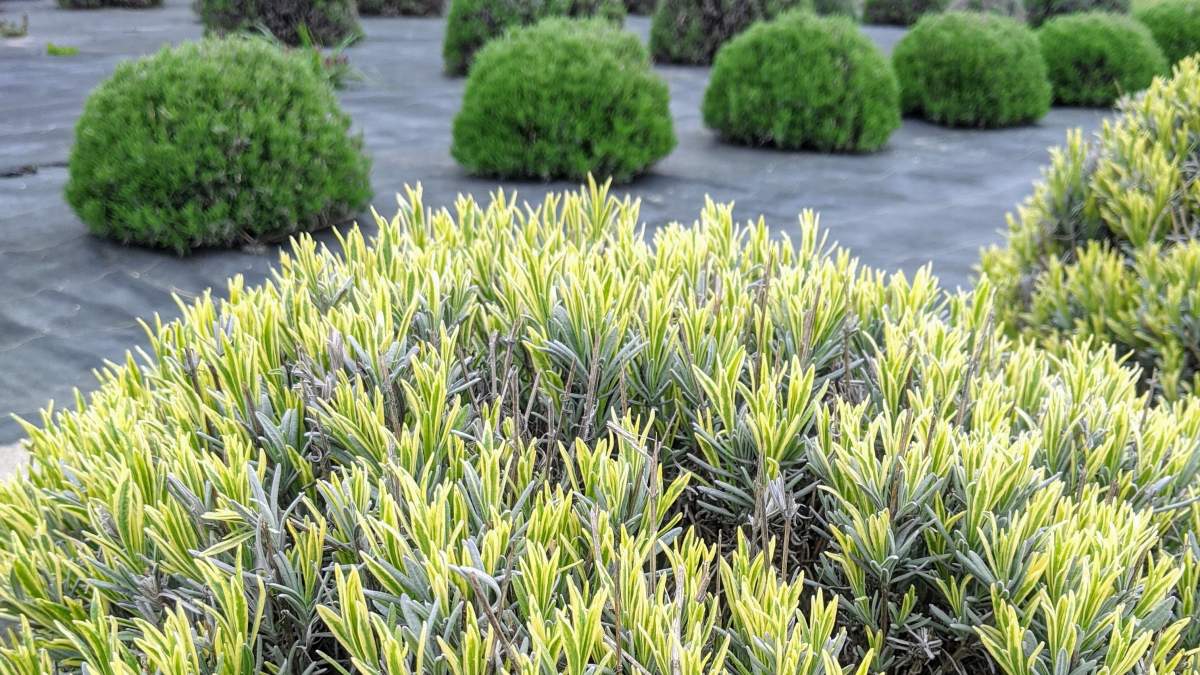
If you notice the humidity increasing in the surroundings, we’d highly recommend that you look into reducing the levels as quickly as possible. Also, avoid growing lavender if you live in areas with high humidity.
Treatment
If the lavender plants are potted and you can move them around, we’d recommend shifting them somewhere where you can control and reduce the humidity until the external conditions get better. The indoor growing might be a better option in that case but it brings a lot of hassle with it.
5. Root rot
Last on the list of reasons why your lavender plant’s leaves are turning yellow is due to the root rot disease. It is a direct consequence of a potent and progressive fungal disease that can take a turn for the worse if it’s not managed well.
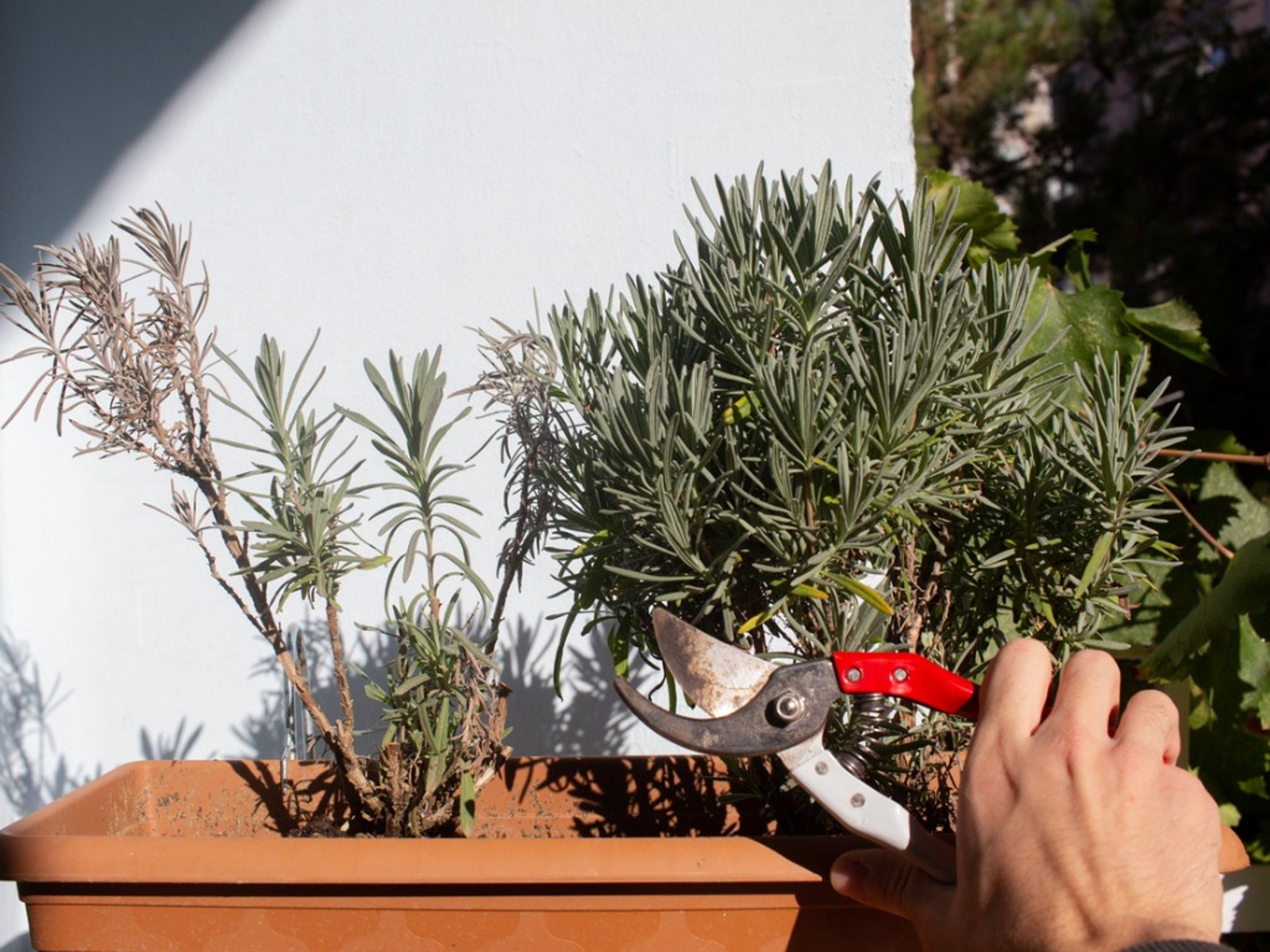
The fungal infestation directly attacks the roots, affecting the nutrient and water uptake in the plant. The condition generally happens when the soil is waterlogged due to overwatering. If you notice the leaves turning yellow and wilting from the sides, it is probably due to root rot disease that you have to pay extra attention to.
Treatment
The only way to know if its root rots is to uproot the plant carefully. If the roots are black, it is a sign of root rot. A generous spray of fungicide is your only hope of mitigating this issue. If the leaves don’t regain their green color even after that, chances are it’s beyond repair.
Conclusion
Lavender plants have very specific growth parameters. If you are growing it for the first time, we’d recommend running basic research first and understanding the dos and don’ts. Once that’s out of the way, you can go ahead and implement the first aid as we suggested.

